Palmetto Bluff Real Estate Company Sales Office
Office Hours
Monday-Friday 9am - 5pm
Saturday 9am - 4pm
Sunday 12 - 4pm
Saturday 9am - 4pm
Sunday 12 - 4pm
Butterflies are more than just a pretty flying insect in your garden; they’re also a pollinator, a biotic pollinator to be specific. Pollination can be defined as the transfer of pollen from one flower to another, not to be confused with fertilization (that’s an entirely different subject).
Pollination is categorized into two types – abiotic and biotic. Abiotic pollination relies on wind, water, or rain to transfer pollen, whereas biotic pollination relies on living organisms. Bees, wasps, flies, butterflies, and many more living organisms (even some kinds of bats) are responsible for more than 90% of all pollination. Pollination is the key to many plants’ survival; therefore, using biotic pollination, plants must learn how to attract certain pollinators.
Flowers often use their color to attract the kinds of pollinators they want. Flies see a spectrum of colors that make orange an attractive color, so they will most often be seen pollinating orange or yellow flowers. Hummingbirds see red better than other colors, so they are often found pollinating red or pink flowers. Beyond bright colors, flowers attract pollinators through a reward system. Pollinators are more likely to pollinate if they get something out of the deal too — a quid pro quo of sorts. Some flowers offer an oil that male insects cover themselves in, making them smell better to females. (Think of it like Axe body spray, for insects.) Flowers also offer pollen that bees use to feed their babies and nectar that many insects use as food. Lastly, some flowers decide to take the easy way out — “cheating” to achieve successful pollination. Take the cunning bee orchid. This sneaky flower’s velvety lip looks like a female bee. Males fly in to try to mate with it and end up pollinating the flower. Ethical or not, this is a remarkable example of floral mimicry and a highly-evolved plant-pollinator relationship.
Pollination wasn’t always this easy. Flowers and pollinators have adapted through time to get the most out of each other. Known as “Pollination Syndrome,” pollinators and flowers adapt to ensure that they are using each other to the best of their ability. In Madagascar, there is a type of orchid whose pollen spur is almost a foot long! Darwin discovered this plant and put forth the thesis that there must be a certain type of insect that has a tongue long enough to reach the pollen. While Darwin never lived to see it, he was correct. A moth was later found with a tongue able to reach the pollen. Over time, both the orchid’s pollen spur and the moth’s tongue have gotten longer, adapting to one another.
Beetles are an example of a “clumsy” pollinator. They don’t have the ability to hover over a flower or manipulate the flower, so they often look for large flowers in tight-knit quarters, like magnolias or pond lilies. Topped with plumes of fluffy yellow flowers, goldenrod (sometimes thought to be a weed), springs up en masse in the summer, so that insects, like beetles, can pollinate them easier. Knowing what certain insects look for in pollination locations makes conservation easier. If you want more beetles, plant large flowers in large groups.
While most pollinators are easy to accommodate (preferring the same plants their entire life), there are exceptions. Butterflies are hard to conserve because caterpillars and adult butterflies need different plants to survive – so instead of planting one flower, you must plant two, in proximity. Monarch caterpillars need milkweed leaves to survive while monarch butterflies find their source of nectar many different flowers.
The best way to help pollinators be successful is to plant native flowers in your garden that target the specific type of pollinator that you desire. And don’t be afraid to call your local nursery or garden associations to ask them for recommendations…your butterflies will thank you.
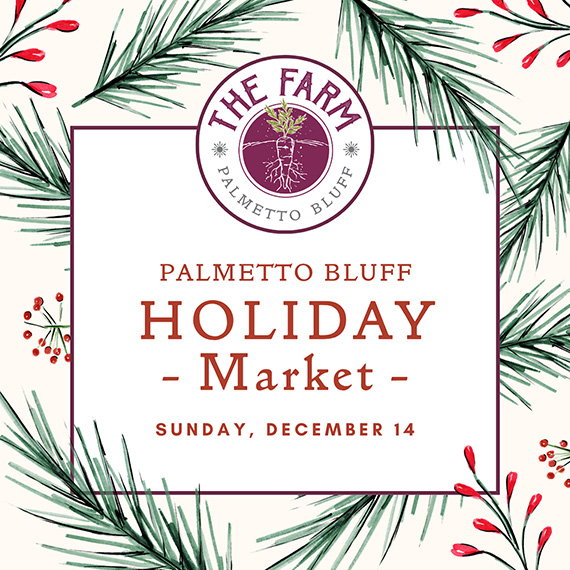
Sunday, December 14 | 9am to 1pmVillage GreenThe season’s most festive farmers market, the Holiday Farmers Market, comes to Wilson Village on Sunday, December 14, from 9am to 1pm. All are welcome to visit and experience the magic of holidays at the Bluff. The ...
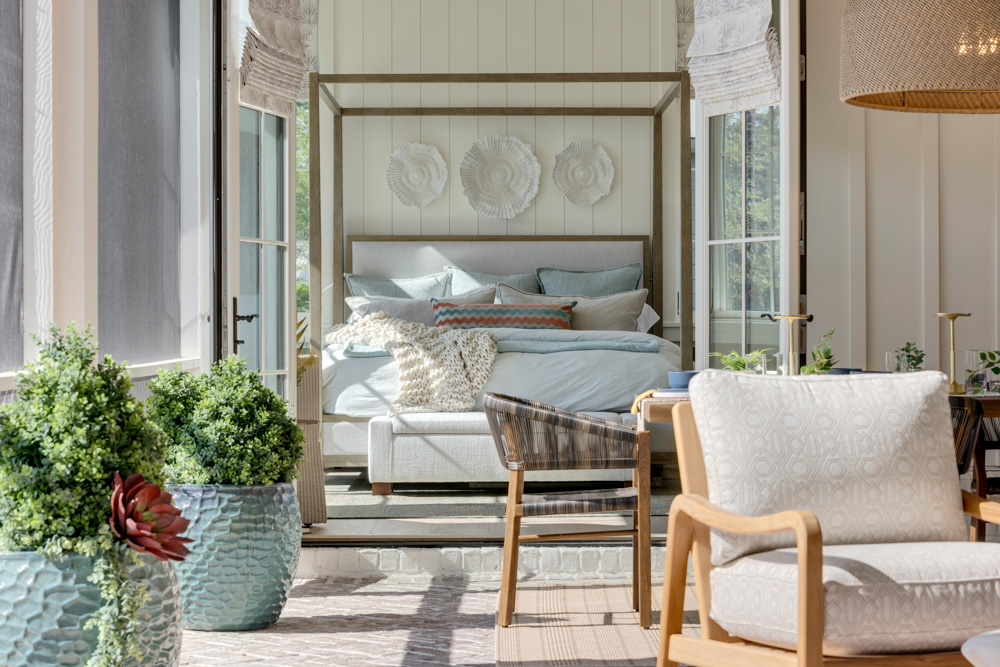
Tucked amid whispering pines and overlooking a tranquil water trail, 11 Lyonia Street is where Lowcountry charm meets modern artistry. The newly built residence redefines Southern living with a balance of craftsmanship and calm. This is a home that feels both ...
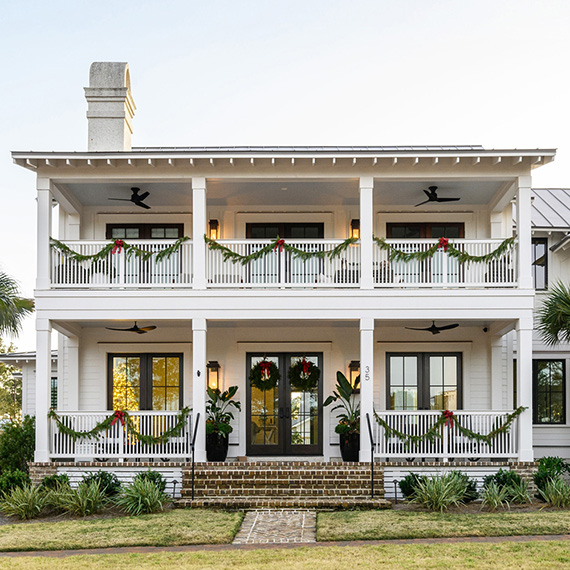
The holiday season in the Lowcountry brings crisp air, oaks draped in twinkling lights, and laughter drifting from homes where families and friends gather once again. At Palmetto Bluff, the holidays are more than just a season; they’re a feeling of togethernes...
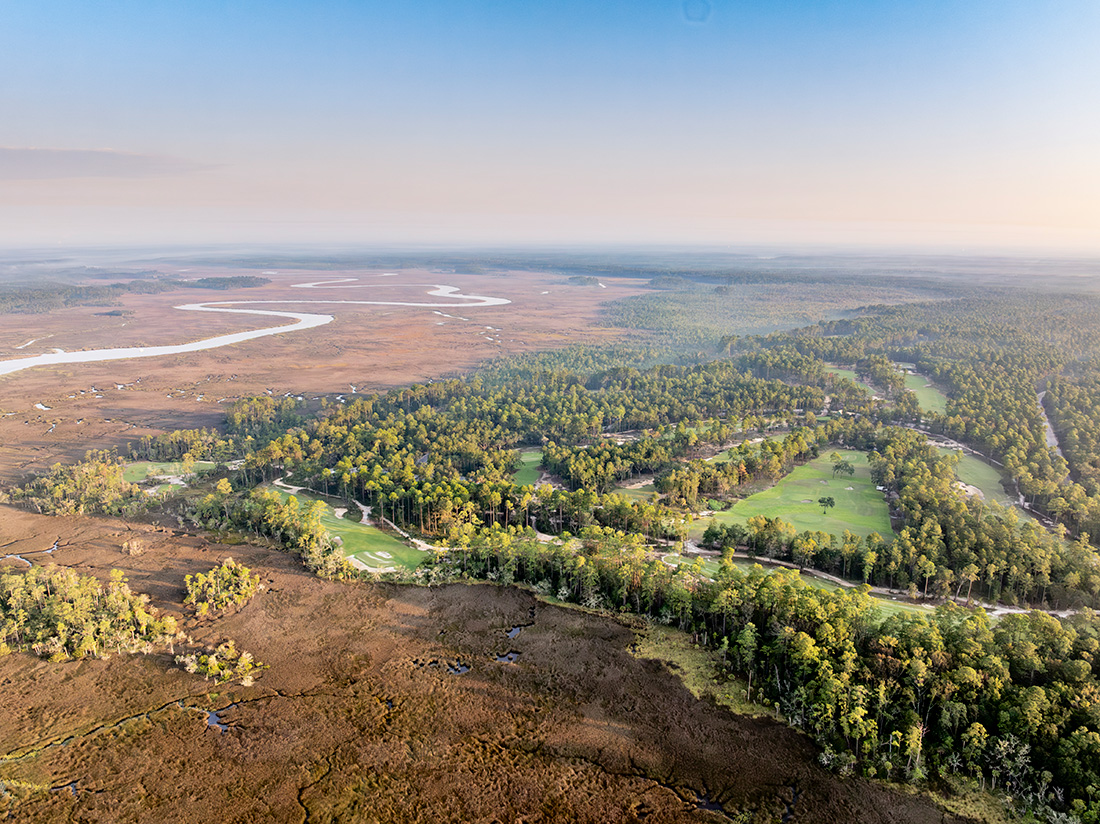
https://vimeo.com/1071784239?share=copy&fl=sv&fe=ci We are excited to unveil the official brand identity for Palmetto Bluff’s newest chapter in golf, Anson Point Golf Course. Designed by golf icons Bill Coore and Ben Crenshaw and set within more t...
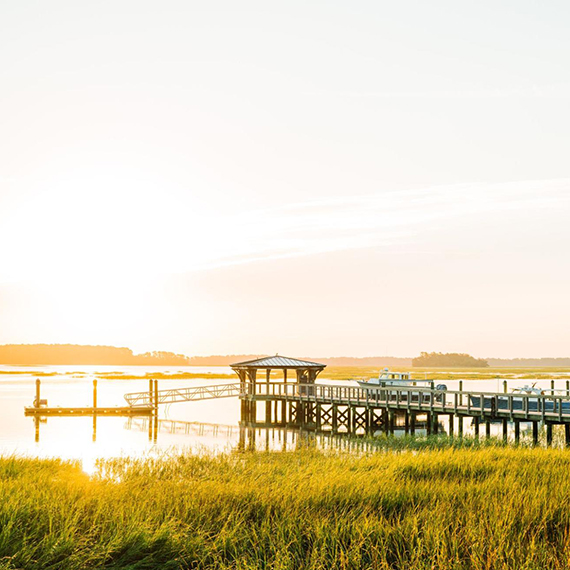
The golden glow of the marshes, the crisp air, and the sense of calm after a busy summer season all make this time of year unforgettable. Whether you’re enjoying the Bluff or exploring the wider coastal region, here are 5 reasons why fall is when the Lowcountr...
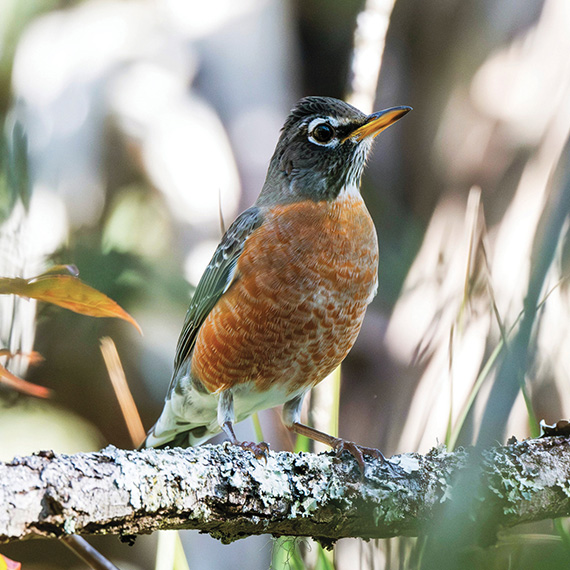
Here in the Lowcountry, the Conservancy brings FeederWatch to life with guided sessions at the Conservancy’s bird feeders. Education and Outreach Manager Aaron Palmieri leads these gatherings, teaching attendees how to identify wintering species, choose the ri...
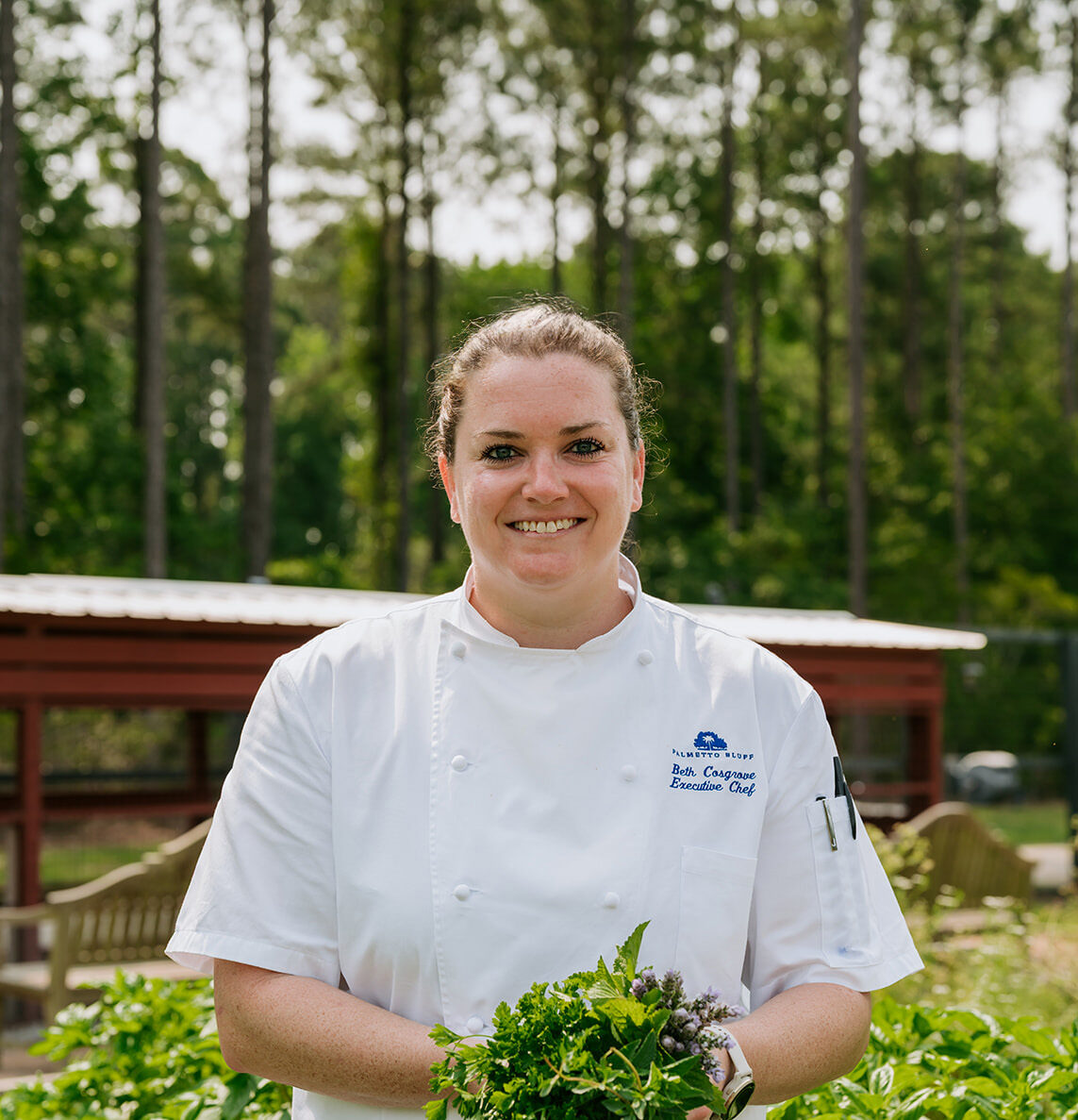
Ingredients 2 cups cooked sea island red peas, crushed with a fork 1 recipe of pimiento cheese dip (recipe below), room temperature 2 cups crème fraiche 1 cup fire-roasted bell peppers, sliced into strips 1.5 cups grilled corn, husked an...
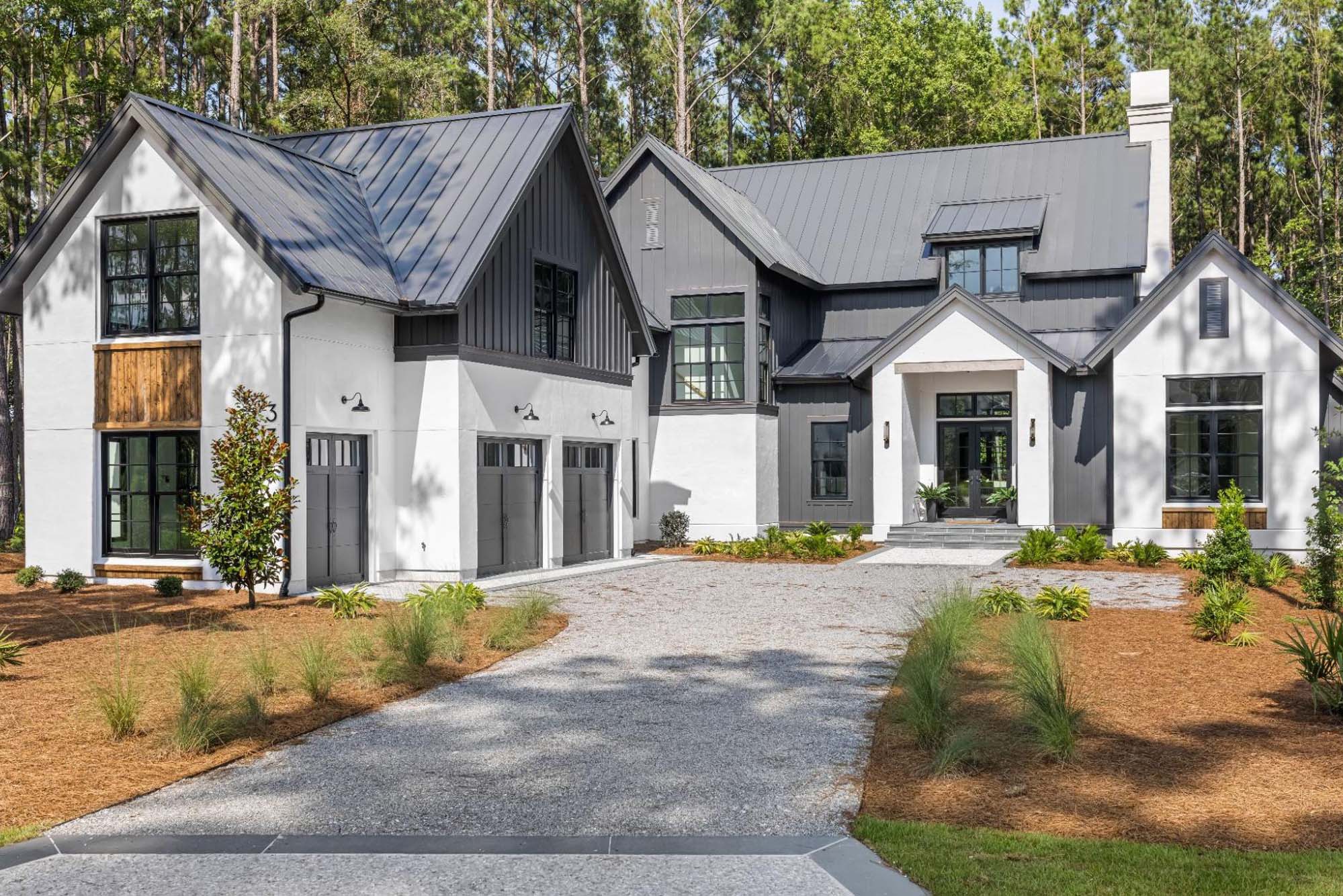
At Palmetto Bluff, newly built homes are more than residences—they are carefully crafted retreats offering the best of Lowcountry living. Palmetto Bluff Real Estate Co. Agent, Amanda Cutrer, shares the benefits of buying “new” in the Bluff. Builder Support ...
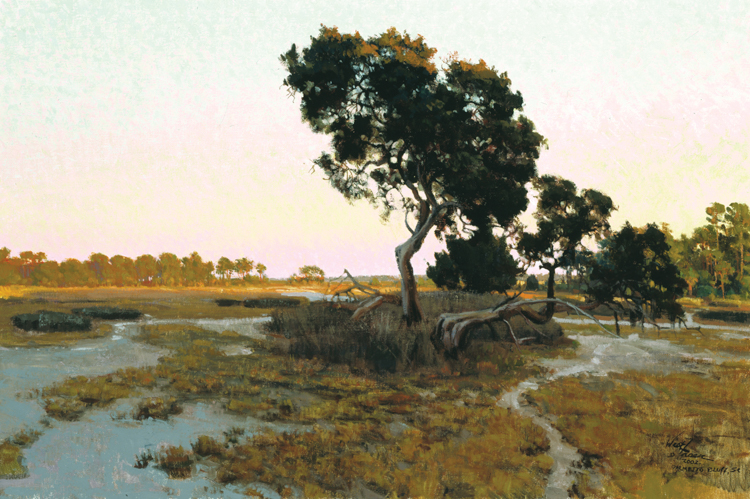
Visionary land planner Mark Permar reflects on Palmetto Bluff's rich history and its enduring connection to the land. With Anson on the horizon, the legacy of designing with nature lives on.How did you first get involved with Palmetto Bluff? I believe it was ...
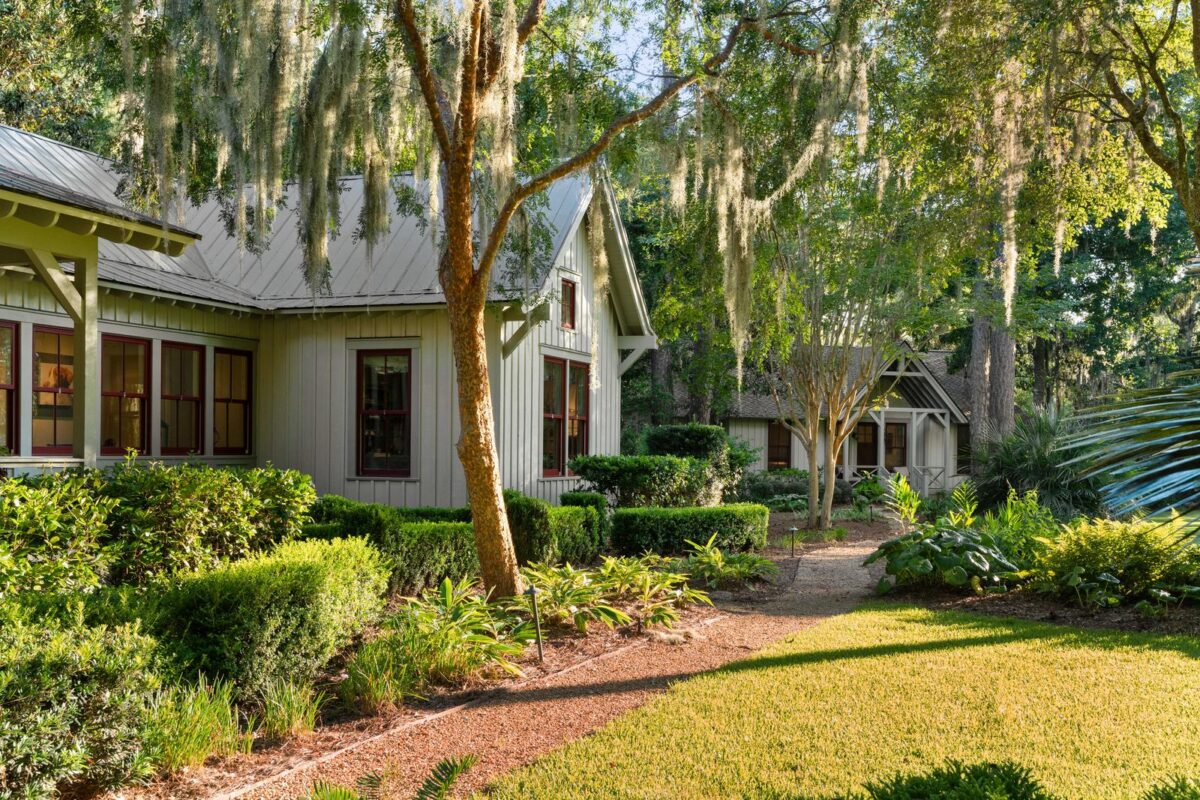
Explore Available Listings with Room For the Whole Family At Palmetto Bluff, life moves at the pace of the tides; slow enough to savor, yet rich with moments worth sharing. And when it comes to welcoming the people you love most, the right home makes all the ...
We do not attempt to independently verify the currency, completeness, accuracy or authenticity of the data contained herein. All area measurements and calculations are approximate and should be independently verified. Data may be subject to transcription and transmission errors. Accordingly, the data is provided on an “as is” “as available” basis only and may not reflect all real estate activity in the market”. © [2023] REsides, Inc. All rights reserved. Certain information contained herein is derived from information, which is the licensed property of, and copyrighted by, REsides, Inc.